Removing a gas fireplace can be daunting, especially if you need the right tools or knowledge on how to do it. It would help if you did not take it as a potential risk that can occur, such as carbon monoxide poisoning and fire hazards. Let’s see how to remove a gas fireplace.
To help ensure that you can safely and effectively remove your gas fireplace, we will provide you with the essential steps you need to take:
- Shut off the gas supply
- Unscrew the fireplace
- Disconnect the fireplace wiring and mounting brackets
- Remove the decorative front panel.
- Take out the exhaust flue and damper.
- Disconnect ducting, access panel, and wiring for a sealed combustion chamber (SCC) fireplace
- Remove the hearth and grate for an SCC fireplace.
- Swap out flexible connectors and piping for an SCC fireplace
- Install sealant around joints of new pipe for an SCC fireplace
- Reinstall drywall and enjoy your new-look gas fireplace!
This Home Affluence post will outline the essential steps to remove a gas fireplace from your home. We’ll also provide a helpful checklist that you can use to make sure that you have all the elements covered before attempting to remove the fireplace.
By following these tips and guidelines, you can make sure that you safely and effectively remove your gas fireplace.
How To Remove a Gas Fireplace
1. Shut off the gas supply
The first step to safely removing a gas fireplace is to shut off the gas supply.

Ensuring the fire is out, and the flames have been fully extinguished before turning off the gas is important. To do this:
- Locate the shutoff valve, often located near the fireplace.
- Turn the valve in a clockwise motion until it is fully closed. It will stop the flow of gas to the fireplace.
- Ensure the valve is properly closed, the most important step in the removal process.
2. Unscrew the fireplace
The second step in removing a gas fireplace is to unscrew the fireplace. Before you do this, turn off the gas supply and disconnect the unit from the power source. The fireplace should disconnect from the flue, and all screws and bolts should remove.
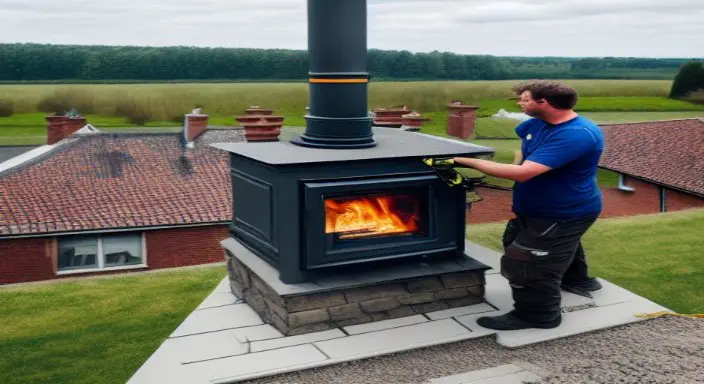
Once the unit is completely disconnected, you can unscrew the fireplace and carefully lift it from the wall. Be sure to avoid damaging the wall while removing the fireplace.
3. Disconnect the fireplace wiring and mounting brackets
The third step in removing a gas fireplace is to disconnect the wiring and mounting brackets.
It is an important step, as leaving the wiring and mounting brackets in place could result in the fireplace not fitting securely in its new location.
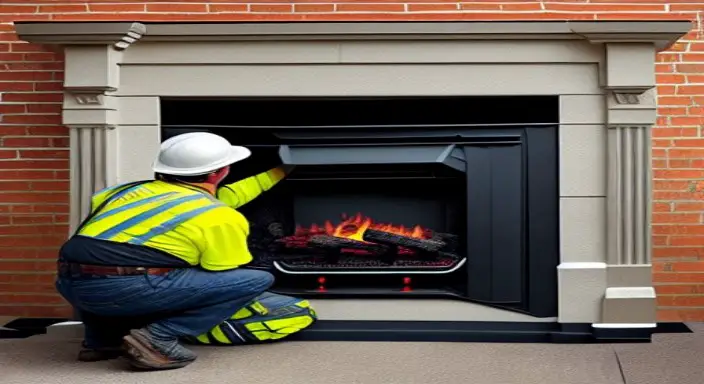
Before beginning, turn off the gas supply and disconnect the power to the fireplace. After the gas supply and power are off, carefully remove the wiring and mounting brackets, keeping track of all pieces and hardware.
4. Remove the decorative front panel
The fourth step in removing a gas fireplace is to remove the decorative front panel. Carefully remove any screws or fasteners attaching to the fireplace, then gently lift the panel off.
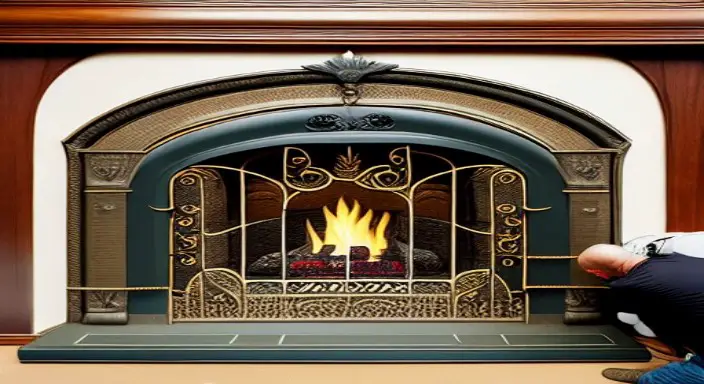
Be cautious when handling the panel to prevent any damage to the decorative finish. Once you have the panel out, the interior components of the fireplace should be accessible and ready for removal.
5. Take out the exhaust flue and damper
It is important to take care when removing a gas fireplace and to ensure all safety precautions are out. One such precaution is to remove the exhaust flue and damper before removing the fireplace.
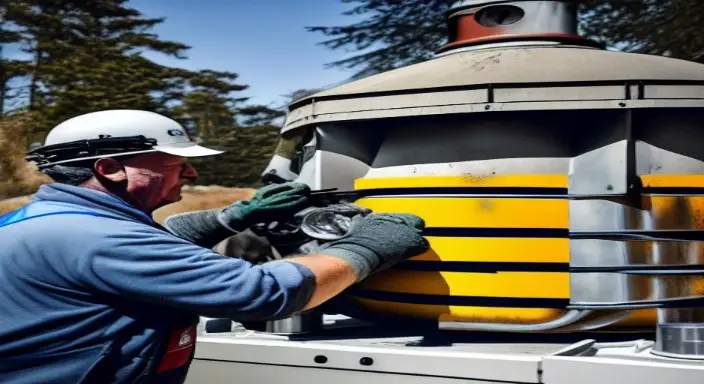
Ensuring any dangerous gases are there in the living space; is important. To accomplish this, use a screwdriver to remove the screws that hold the exhaust flue and damper in place, then gently lift or pull it away from the chimney.
The flue and damper should completely remove and set aside before removing the gas fireplace.
6. Disconnect ducting, access panel, and wiring for a sealed combustion chamber (SCC) fireplace
After disconnecting the ducting from the SCC fireplace, carefully remove the access panel and wiring. The wiring should remove to allow easy reinstallation of the same components.
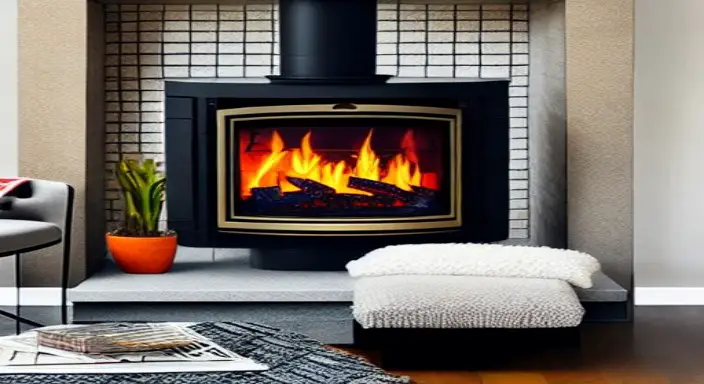
Be sure to store the wiring and access panel in a safe place. Once the wiring and access panel are removed, the sealed combustion chamber is ready to be removed.
7. Remove the hearth and grate for an SCC fireplace
If you have an SCC fireplace with a hearth and grate, it is important to remove these components before attempting to remove the gas fireplace.
Learn More: How To Tile A Fireplace Hearth
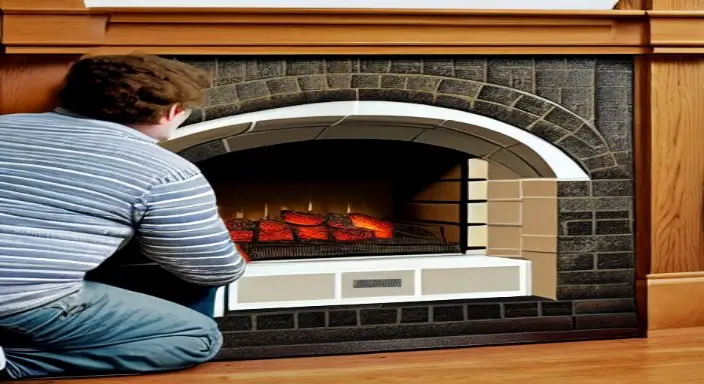
Depending on the model, the grate and hearth may secure to the floor with nails or bolts. To remove them, use a hammer, drill, or pry bar to loosen the fasteners carefully.
Before placing the hearth and grate aside, inspect them for any damage or wear that could cause them to be unsafe to use in the future.
8. Swap out flexible connectors and piping for an SCC fireplace
Once the gas line and supply have been disconnected, the next step is to remove the flexible connectors and piping for the SCC fireplace.

It should do with extreme caution. Start by using the appropriate tools to loosen the fittings from the gas line, and then carefully pull them away from the fireplace. Carefully inspect all flexible connectors and piping for any signs of damage, and replace any worn or frayed.
Once all the fittings have been removed and inspected, the gas fireplace can remove from the wall.
9. Install sealant around joints of new pipe for an SCC fireplace
Before connecting the new pipe to the existing gas line, use an approved sealant to ensure a sealed connection. Be sure to follow all instructions the sealant manufacturer provides and all local codes and regulations.
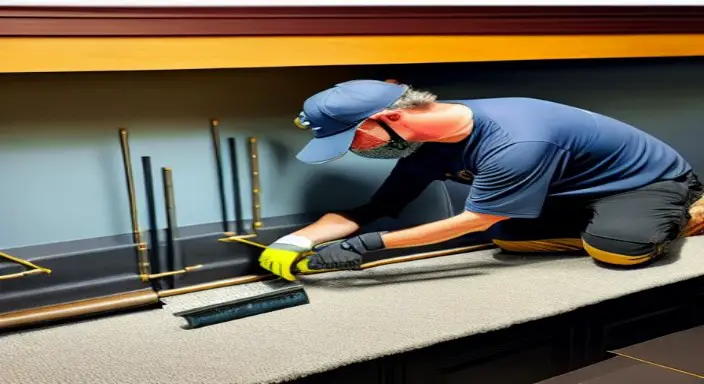
Once you apply the sealant and the connection is secure, the new pipe can connect to the existing gas line, and the fireplace is ready.
10. Reinstall drywall and enjoy your new-look gas fireplace!
Once you have successfully removed the gas fireplace from your home, the last step is to reinstall the drywall. This step is necessary to ensure the safety of your home and family.
Drywall is a simple yet effective material that helps protect your home against fires and provides a smooth, aesthetically pleasing look.

To reinstall the drywall, you must purchase the right supplies, ensuring they are of the highest quality.
Once you have the supplies, you must cut them to fit the area where the gas fireplace is.
Once everything is cut to size, you can begin the installation process, following the instructions included with the drywall.
The drywall is installed, and you can enjoy a brand-new look for your gas fireplace.
Expert Opinion
In conclusion, removing a gas fireplace is a complicated process that requires knowledge, skill, and safety precautions. It is important to contact a professional to ensure the job is done properly and safely.
Additionally, a professional can advise on other safety steps and suggest the best options for replacement or repair. With the right help and precautions, it is possible to safely remove and replace a gas fireplace with a new one.




